The mystery behind the lop-eared lions in the Forbidden City, a thousand years without an answer
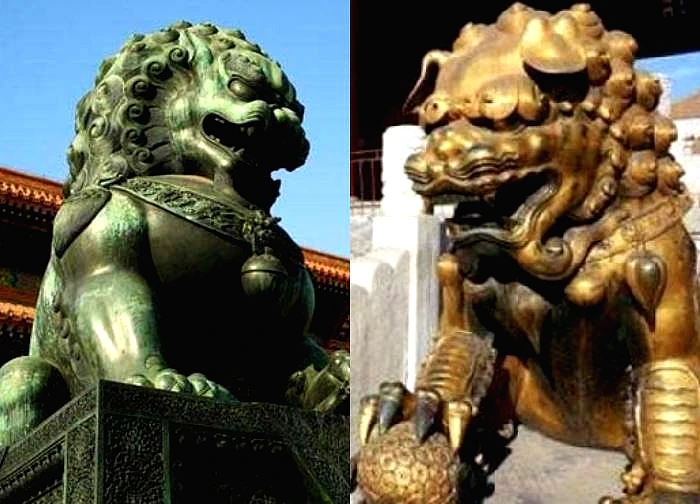
2 | 0 Discuss | Share
The 12km long pass named Phuong Hoang, located on the border between Khanh Hoa and Dak Lak provinces, is considered the "first majestic" in the Southern Central Highlands, where the tribe takes men to be husbands to live.
The tribe in question is part of the Ede community in Phuong Hoang Pass. Hundreds of years have passed, but up to now they still maintain the custom of mountain women using buffaloes, gongs and jars and cash to "catch" a husband they want to marry in their next life.
Mr. Y Den - Head of the Front Committee of Ethi village (village 1, Ea Trang commune, M'drak district) said that the name Phuong Hoang Pass is not because there were many hornbills here, but because the pass is split. between the winding mountains like the wingspan of a bird... a queen.
In particular, on the stairs of the community house - where the village's collective activities take place, there are twin mountains full of life. According to the village chief: "It is a female staircase, it must always be bigger, wider, and more beautiful than the male staircase. The male staircase must be smooth, but the female staircase must be carved into the breast, which is the mother's milk. Anyone who goes up to the house must hold their breasts to enter the house."
The Ede village elders on this side of Phuong Hoang Pass explained that because the Ede people follow matriarchy, the woman is the head of the family, so the house must have a symbol of the weaker sex, the breast, called the "master staircase". Some people also say that their ancestors through many generations carved their breasts on the stairs to educate their children. They know that they were raised from their mother's milk, so they should always remember their gratitude.
Although each person's explanation is different, all Ede elders living at Phuong Hoang Pass confirm that according to traditional customs, the "main staircase" is only for the hostess and distinguished guests. The male staircase is located on the side of the house for men to use.
"That's right, my wife forced me to be her husband, I live at her house, so I have to use the male stairs," said Mr. Ama Kin (53 years old). Then he explained that he, like many Ede people here, was taken by a woman, which was the custom of "catching a husband": "At that time, the wife liked me, she fell in love with me, she went home to tell her parents and then came to take me back." As a husband, my wife charged me the price of 2 pigs and that set of gongs."
Knowing that the Ede people in the mountains and forests associated with the beautiful and majestic Phuong Hoang Pass have the custom that when a girl notices someone, she takes her to be her husband. Many people cannot help but be surprised, because they thought that this custom was only a matter of once upon a time.
Not only can she simply come to her house to take her home, but the mountain girl has to spend a lot of wealth and material to find a guy she wants to be her husband. Up to now, this custom is still attached to the Ede villages here like a shadow.
Also according to Mr. Y Den, Ede boys and girls used to know each other when the village had festivals such as funerals, grave leaving ceremonies, new house celebrations, offerings to Yang (gods)... or when going to the forest. cultivation.
Once they agree and fall in love with each other, the girl always takes the initiative to tell her parents, ask the matchmaker to come and talk to the groom's family, as well as ask what kind of bride price that side of the family wants. How to know the way to determine.
Regarding the difference in the dowry paid to the man, the two mountain girls H'mila and H'loen explained that "more or less" depends on many things. If the person the girl intends to "husband" is healthy, works well, has good character, and is watched by many mountain girls, then it is likely that the "tribute" to the groom's family will be large.
"But if the two of you truly love each other, if the boy's parents are sympathetic, the wedding offer will not be too high," H'loen explained. The mountain girl revealed that the reason her ancestors maintained the custom of the girl having to pay for the boy to get married was because they saw it as a symbol of compensation for the boy's parents who had worked hard to raise their children for many years. When he grew up, without any help, he went to someone else's house.
Almost both sides agree on the dowry that the bride's family must pay to the groom's family. But sometimes there are exceptions, the groom's side's demands are too high, the girl's side can't meet them, so they have to... run away! There have been many Ede couples whose dreams of love were shattered because adults challenged them to marry more than allowed.
The Chau Ro people in the Ma Da forest area (Phu Ly commune, Vinh Cuu district, Dong Nai province) also have the custom of capturing grooms similar to the mountain women capturing husbands of the Ede people. Although the matrilineal system is not as "strong" as the Ede people, the Chau Ro people still have the custom of "burying" the groom after the wedding, meaning that after the couple's big happy day, the groom will have to stay at his wife's house until the end. ... life.
The biggest taboo of the Chau Ro people is marriage within the same clan. In other words, clan exogamy is a mandatory principle for Chau Ro men and women. The age of marriage is usually between 16 - 20 years old. Currently, the average marriage age of Chau Ro people has increased by 1 - 2 years compared to a few years ago.
In marriage, although the groom's family asks his wife to give him children, the wedding is held at the bride's house, the boy has to stay with the groom for a few years and then the couple builds their own house. The Chau Ro people often have the custom of dividing property with their children when they move out, so the boy will receive a part of the family's wealth. Monogamy has been established for a long time in Chau Ro society and husband and wife live together in harmony.
It is known that about the costumes of the Chau Ro people, women will wear skirts, men will wear loincloths and pullover shirts; When it's cold, there's a blanket. Today, they wear the same clothes as the Kinh people in the area. Women often wear copper, silver bracelets, and beaded jewelry on their necks and arms. Traditional costumes are used during traditional holidays and New Year of the people.
At present, the custom of capturing grooms is still maintained by the Chau Ro people but is no longer as heavy as before. But for the Ede people, the practice of arresting husbands has not changed.

2 | 0 Discuss | Share
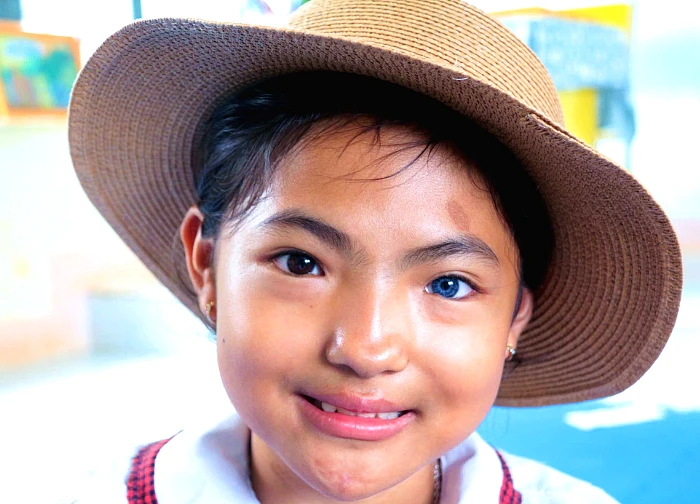
1 | 0 Discuss | Share

2 | 0 Discuss | Share

22 | 0 Discuss | Share
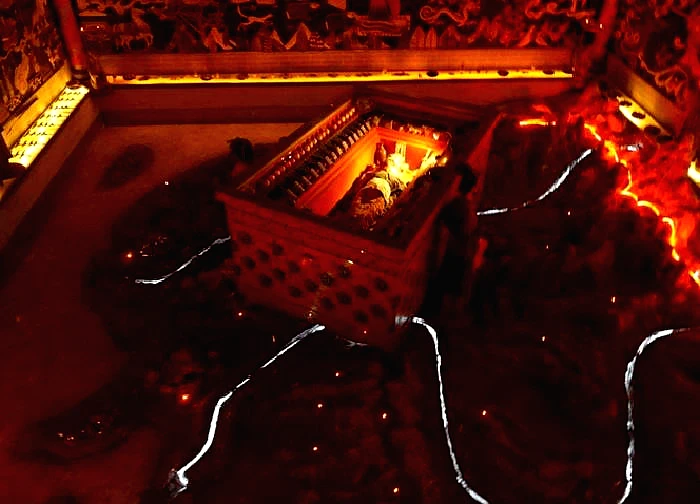
2 | 0 Discuss | Share

3 | 0 Discuss | Share
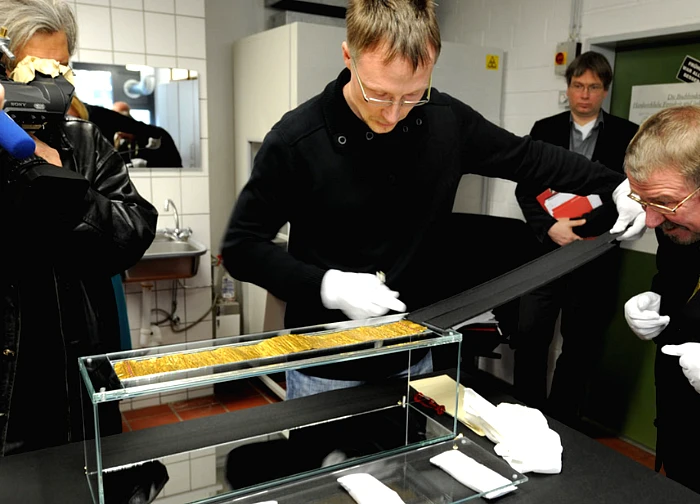
4 | 0 Discuss | Share
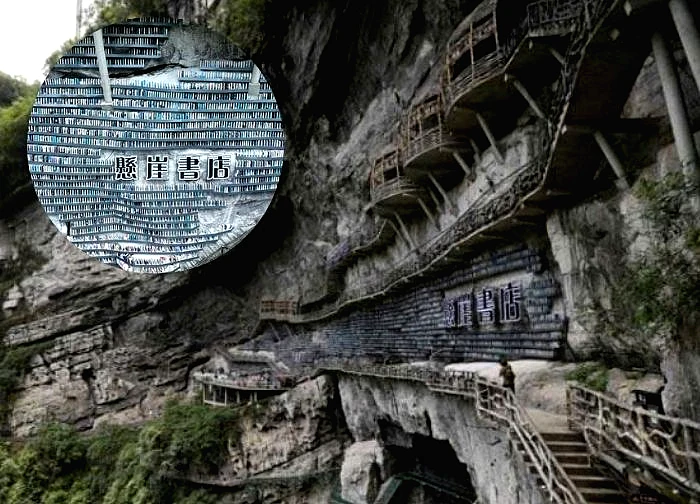
4 | 0 Discuss | Share

1 | 0 Discuss | Share
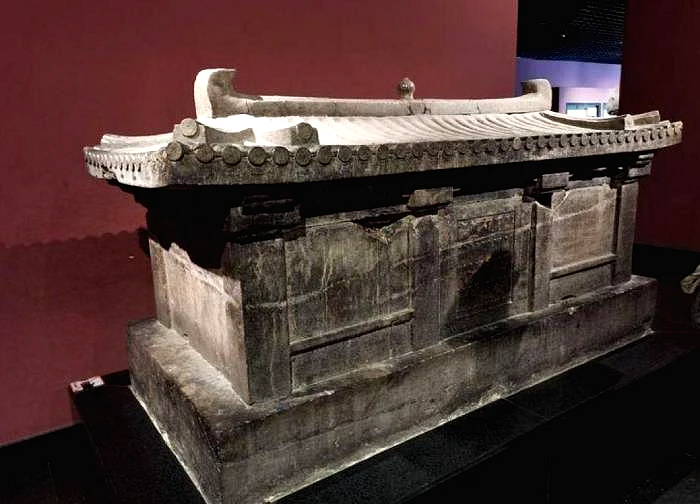
6 | 0 Discuss | Share
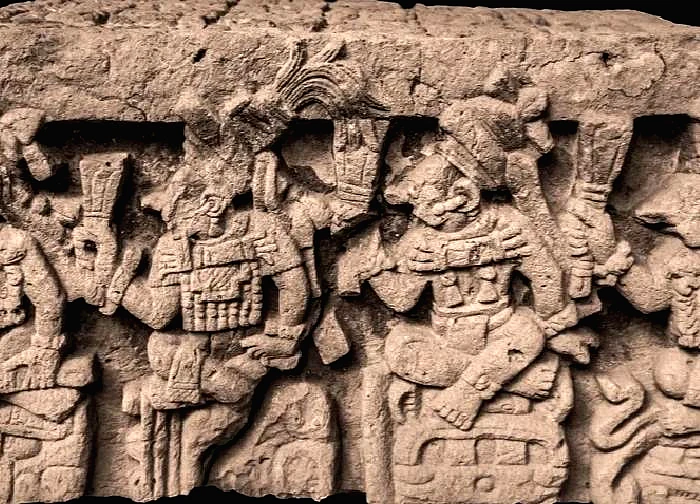
3 | 0 Discuss | Share

0 | 0 Discuss | Share



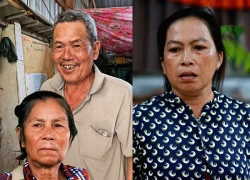


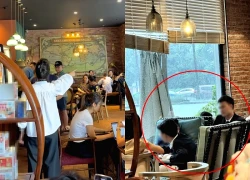

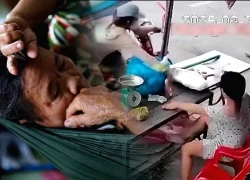

6 | 1 Discuss | Report